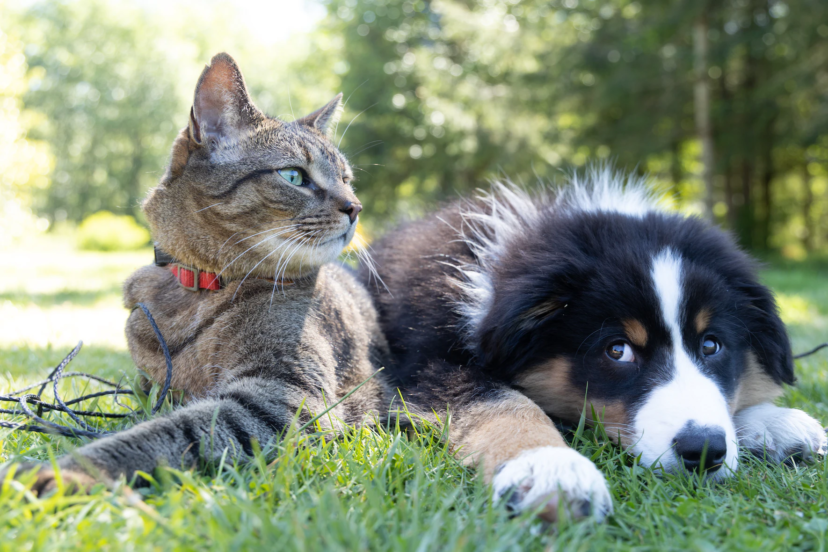Potential Dangers of 5G In today's hyper-connected world, the deployment of 5G technology and its potential…
Protecting Your Pets from 5G Radiation: What You Need to Know

With the rapid advancement of technology, the rollout of 5G networks is becoming increasingly prevalent in urban areas around the world. While the benefits of 5G technology are evident, concerns have been raised about potential health risks associated with increased electromagnetic radiation. As responsible pet owners, it’s essential to consider the well-being of our furry friends. In this article, we will explore the potential risks of 5G radiation on pets and offer practical tips on how to protect them.
Understanding 5G Radiation
Before delving into pet protection, it’s crucial to understand what 5G radiation is and how it differs from previous generations of wireless technology. 5G, short for the fifth generation of wireless technology, uses higher-frequency radio waves than its predecessors, which allows for faster data transfer rates and reduced latency. These higher frequencies fall within the millimeter-wave spectrum, ranging from 30 to 300 gigahertz.
Potential Risks to Pets
While extensive research has been conducted on the effects of electromagnetic radiation on humans, there is limited scientific data on its impact on pets. However, some concerns have been raised regarding potential risks to animals living in areas with 5G infrastructure. These concerns include:
- Increased Exposure: Pets, especially dogs and cats, spend a considerable amount of time outdoors. They may be exposed to higher levels of 5G radiation when in close proximity to 5G base stations or cellular towers.
- Health Implications: Some studies suggest that prolonged exposure to electromagnetic radiation may lead to health issues in animals, including changes in behavior, sleep disturbances, and potential long-term health effects.
- Electromagnetic Hypersensitivity: Just as some people claim to experience electromagnetic hypersensitivity (EHS), there have been anecdotal reports of pets displaying similar symptoms when exposed to wireless signals. These symptoms can include anxiety, restlessness, and digestive issues.
Protecting Your Pets
While more research is needed to fully understand the effects of 5G radiation on pets, it’s wise to take precautionary measures to protect your furry companions. Here are some steps you can take:
- Limit Exposure: If possible, keep your pets away from 5G transmitters, base stations, and high-traffic areas with a significant 5G signal presence. Creating a safe, quiet space indoors can help reduce their exposure.
- Shielding: Consider using electromagnetic shielding materials in your home, such as EMF-blocking curtains, paint, or window films. These can help reduce the penetration of wireless signals into your living space.
- Outdoor Time: When allowing your pets outdoors, consider using protective clothing designed to block electromagnetic radiation. These garments can cover your pet’s body and provide a layer of protection.
- Regular Health Check-ups: Schedule regular check-ups with your veterinarian to monitor your pet’s health. Discuss any concerns you have about their behavior or well-being.
- Quality Diet and Exercise: A healthy diet and regular exercise can boost your pet’s immune system, potentially helping them better cope with environmental stressors.
- Consult an Expert: If you’re concerned about the effects of 5G radiation on your pets, consult with a veterinary specialist or pet behaviorist who has expertise in electromagnetic sensitivity.
Protecting Your Pets from 5G Radiation: What You Need to Know
While the long-term effects of 5G radiation on pets are still not fully understood, it’s prudent to take precautions to safeguard your beloved animals.
By limiting exposure, using shielding materials, and maintaining their overall health, you can help ensure your pets enjoy a happy and healthy life in our increasingly connected world. As our understanding of this technology evolves, staying informed and proactive in protecting your pets is the best course of action.



